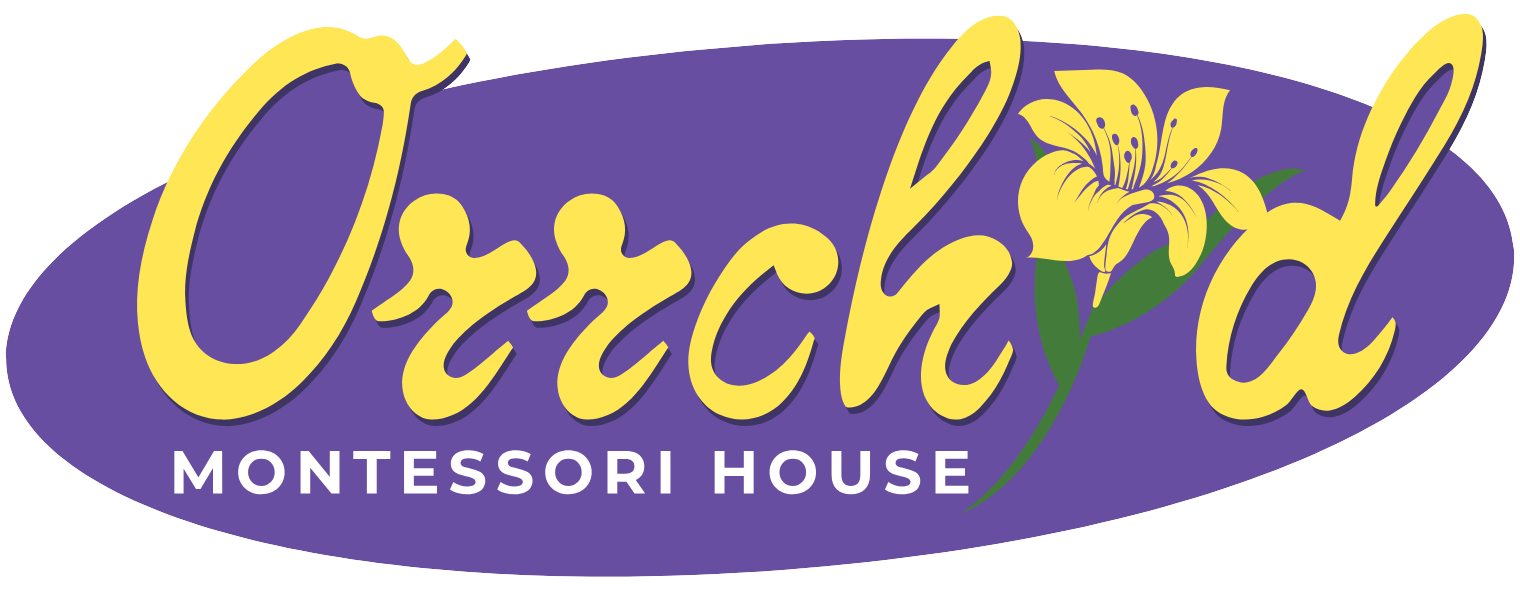Introduction
One of the most profound — and often misunderstood — principles of Montessori education is the phrase: “Follow the child.”
But what does it truly mean? Is it about letting children do whatever they want? Is it a hands-off approach to learning? Not quite.
In the Montessori world, following the child is both an art and a science — a deep commitment to understanding each child’s unique developmental journey, and offering them the freedom and support to grow at their own pace.
Let’s unpack this powerful idea and discover what it really looks like in practice.
💡 The Origin of the Phrase
Dr. Maria Montessori, through years of observation, discovered that children are naturally driven to learn — if given the right environment and freedom to explore. She believed that education should not be something done to a child, but something that unfolds from within.
Her advice was simple but profound:
“Follow the child, but follow the child as his leader.”
🌱 What Following the Child Actually Means
1. Observing, Not Directing
Montessori educators spend time watching children — not just teaching. Through careful observation, they understand what a child is drawn to, where they might need support, and when they’re ready for new challenges. This way, learning becomes child-led but teacher-guided.
2. Respecting Individual Pace
In traditional systems, every child is expected to learn the same thing at the same time. In Montessori, we honor each child’s unique rhythm. One child might dive into math early, while another spends weeks mastering pouring exercises — both are valid paths.
3. Supporting Interests and Curiosity
When a child shows interest in something — be it dinosaurs, letters, or the solar system — the Montessori approach is to nurture that curiosity. This ensures that learning is joyful, meaningful, and self-motivated.
4. Trusting the Child’s Inner Guide
Children often know what they’re ready for — we just have to listen. A toddler reaching for a spoon is ready to feed themselves. A preschooler returning to the same puzzle every day is building concentration. Trusting these instincts empowers confidence and growth.
🚫 What Following the Child Does Not Mean
-
Letting children run wild with no boundaries
-
Ignoring structure or discipline
-
Avoiding guidance or expectations
In fact, Montessori classrooms have clear routines, gentle boundaries, and respect-based discipline. Freedom is always given within limits — creating a space where independence can flourish safely.
🏡 How Parents Can Follow the Child at Home
You can apply this principle at home too, with a few simple shifts:
-
Observe without interrupting — notice what your child repeats or enjoys
-
Offer choices within limits — e.g., “Would you like to wear the blue shirt or the red one?”
-
Respect their efforts — even if they’re struggling with a button, resist the urge to jump in too quickly
-
Create opportunities for independence — low shelves, child-sized tools, routines they can follow
✨ The Bigger Picture
Following the child isn’t just a teaching method — it’s a philosophy of respect, trust, and patience. It means we see children not as empty vessels to be filled, but as capable individuals with their own inner path to development.
At Orchid Montessori House, our educators don’t push children into learning — we walk beside them, offering support, inspiration, and a carefully prepared environment where their potential can bloom.
Conclusion
When we truly follow the child, we stop measuring them against others and start honoring who they are becoming. And that’s when real, lasting learning begins.
